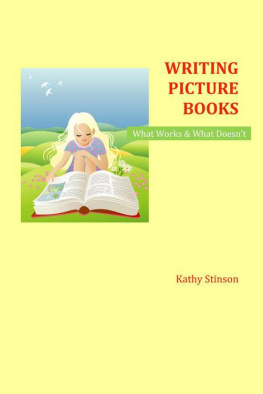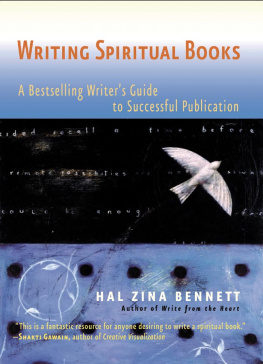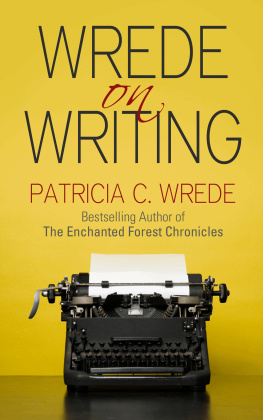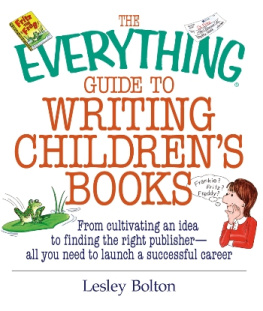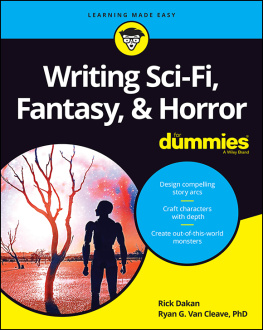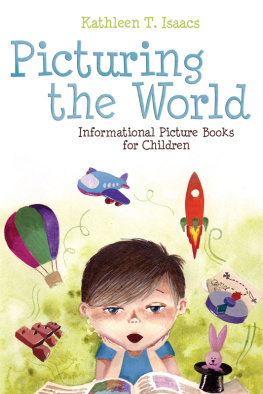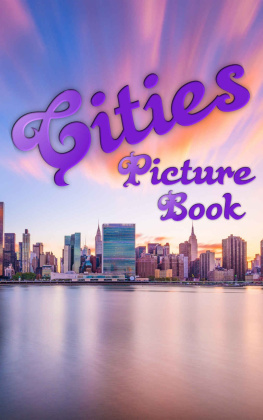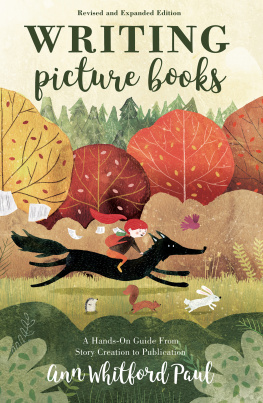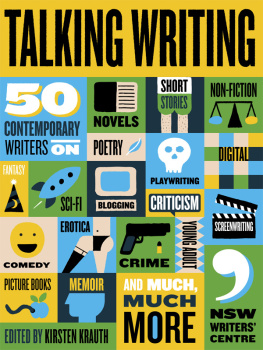This e-book is a revised and updated version of a book originally published in 1991, which I wrote after I noticed people madly scribbling down almost everything I said during a conference presentation about writing picture books. Some of the picture books referred to in this edition of Writing Picture Books have been published since then. Others reflect my experience of picture books as a child, as an elementary school teacher, as a mom and a grandma reading to my own kids and grandkids, and as an emerging and professional writer.
As you examine selections Ive cited as examples of picture books that work, I hope youll consider the books you would have chosen instead which books have made you think, Gee, wouldnt I love to be able to write a book like that!
Many books aim to help writers write better books, but not many with the specific purpose of helping writers write better picture books. Why is this?
Because writing picture books is too easy for anyone to need help doing it?
Because what makes a picture book successful is its pictures?
Because what makes a picture book appeal to readers is too elusive to grasp?
Anyone who has tried writing a picture book, and with a vague sense of dissatisfaction with the result relegated it to the bottom of a drawer, knows that writing a picture book is not easy. Anyone who, with confidence and high hopes, has sent a picture book manuscript to a publisher, only to see it returned with a form letter saying, Thanks, but no thanks knows it, too. Anyone with a collection of such manuscripts and rejection letters certainly knows that writing a picture book is not easy.
Writing any book is not easy, but picture books present unique challenges that make the task more difficult than most people expect, given how short and apparently simple they are. A picture book is often read:
Aloud
By an adult to a child
Many times
So a picture book has to be a pleasure to read aloud, appeal to both adults and kids, and stand up to repeated readings.
Quality illustration does contribute to a picture books success, but even the best illustrations cant bring to life a poorly written text. In the best picture books, great text and great illustration sing together in comfortable harmony.
What accounts for why some picture books remain favorites across generations may be difficult to grasp. Those books may seem to hold a certain magic. But no one can tell anyone how to put magic into a book. Believe me, if it were possible, Id have had many more books published than I have!
That said, I do believe writers can be helped to write great picture books. Thats why I work as an editor, offer workshops, and speak about writing picture books at conferences. And of course, its why Ive written this book.
We learn to write well by writing. So write every day. Take a writing course if you wish. Attend writing conferences if you can. But before you sit down to write - read.
Read picture books of all kinds: classics, new releases, folk tales, fantasy, poetry, concept books, original stories, and adaptations. Discover the tremendous range of picture book subject matter.
Study how other writers entice readers into their books, keep them turning pages, and bring their stories to satisfying conclusions.
If you dont have a specific area of interest, you might discover the kind of picture book youre most interested in writing. Or you might discover that you dont actually enjoy reading picture books, in which case youll probably conclude that writing picture books isnt for you either.
Adult novelists write novels after theyve read many, many adult novels. Writers of picture books owe their readers the same training.
Aware of it or not, youve already been influenced by everything youve read since you began reading. If youre like most people, youve read gems that have made you itch to see if you could write something that good, as well as dreadful stuff that has you convinced you can do better.
To find the story in you thats uniquely yours and the voice you need to tell your story most effectively, read widely and read well. Be sure to expose yourself to the best writing you can find. If you need help, your local childrens librarian can help get you started.
Write a book youd be interested in reading, a book that the child deep inside you would like to read.
Ideas for stories are all around you, in the events of your everyday life, past and present. Theyre in the anecdotes and stories others tell you, and in the images that may pop unbidden into your head like the image of a tree sprouting balloons that wouldnt leave Phoebe Gilman alone until she wrote The Balloon Tree, twelve years after the image first entered her mind. And like the owling expeditions enjoyed by Jane Yolens family on winter nights, which led to the writing of Owl Moon .
Open yourself to the ideas around you and inside you, and your question will quickly change from Where do I get ideas? to How will I ever find time to turn all these great ideas into stories? Its not always easy to find the time to write, but writers do, no matter how hectic their lives are. If youre a writer, youll find time to write, too.
If so, you may need to reconsider your motivation for wanting to write picture books. Kids dont go to books looking for more of the wise lessons that the adults in his or her life are always so ready to impart. Share your toys. Eat your spinach. Dont pick your nose. Most writers of books that kids love know this.
In one book hailed a classic almost as soon as it was published, a child insists on wearing her red mitts even though her mom points out that they have holes in them and her brown mitts would keep her hands warmer. Some adults think the disobedient child in the book should have got frost bite, so kids reading about her would learn the hazards of being disobedient. Its author failed to take advantage of that opportunity on purpose, of course not because she wanted to encourage disobedience in young readers, but because thats not what the story was about. (That author of Red is Best was me.)
Kids dont learn to disobey parents by reading about someone who does, and they arent about to stop disobeying parents because theyve read about someone who suffered as a result of such behavior.
Kids come to a picture book looking for a good story. That means characters they can care about, whose antics or difficulties they can relate to. Theyre not looking for a moral lesson when they pick up a book any more than you are when you pick up something to read.
If the story youre planning to write interests you less than the lesson you hope to teach through it (or if lesson overshadows story in what youve already written), chances are it wont interest your intended readers very much either.
You do what all writers do. You rewrite it. (You didnt think your story would spring from your pen or word processor just right the first time you sat down to write it, did you?)

